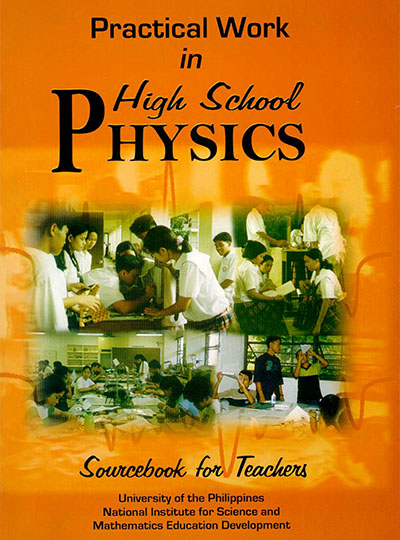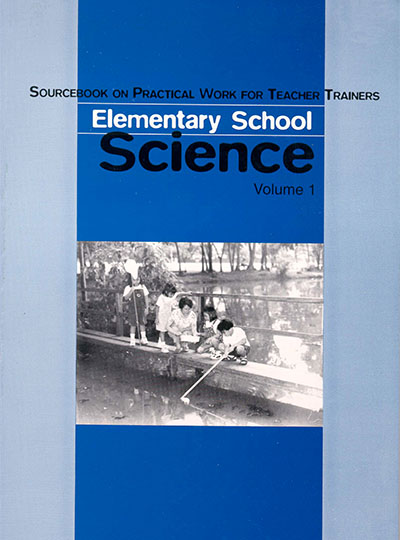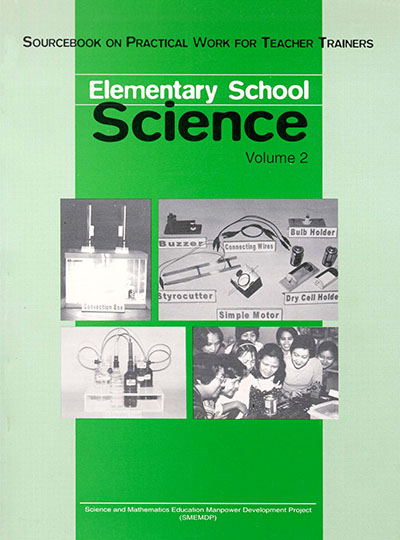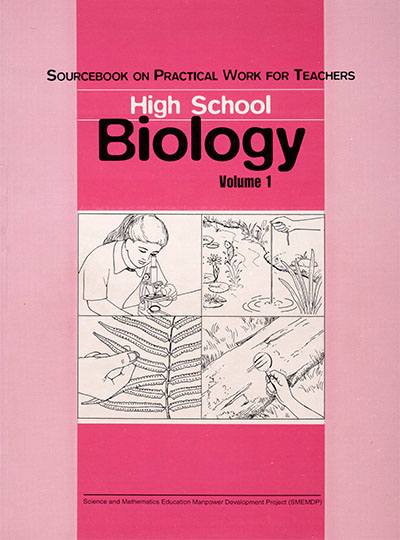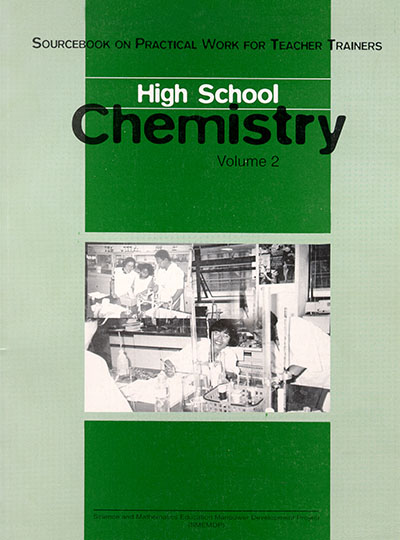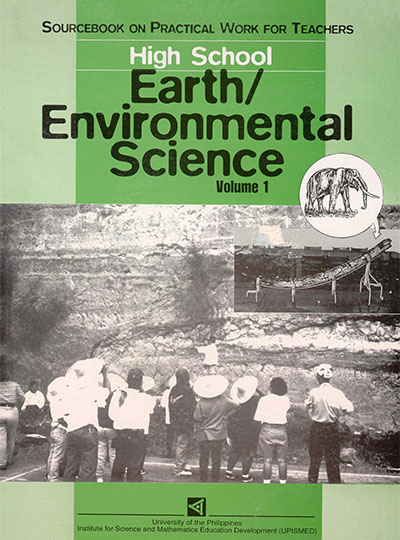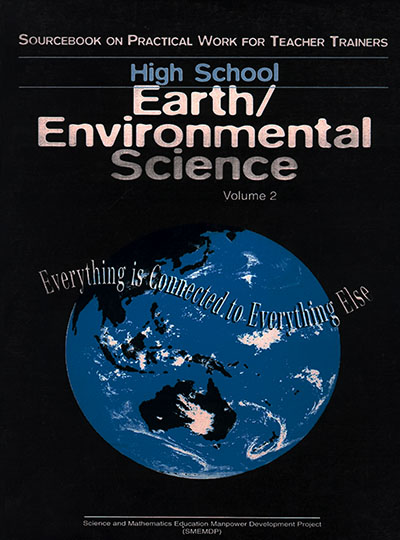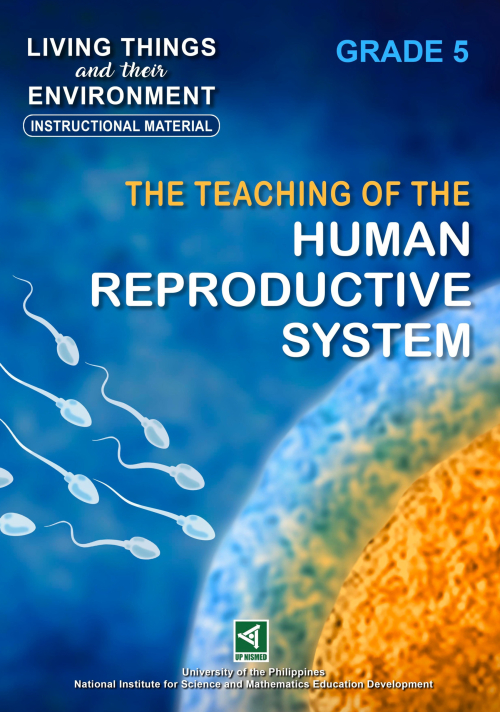Sourcebook for Teachers ISBN 971-570-102-7 Published by NISMED April 2002 Price: ₱ 550.00 No of Pages: 480
Activities for Students Published by NISMED Price: ₱ 190.00
____________
The main objective of this sourcebook is to provide examplar lessons for the classroom physics teachers teaching in large classes. It is hoped that this book will facilitate the teaching of high school physics by providing a guide in developing and designing teaching plans using practical work approach for physics topics.
The lessons contained in the sourcebook are based on the activities developed during the Science and Mathematics Education Manpower Development Project (SMEMDP) from year 1994 to 1999 which focused on practical work approach as a teaching strategy.

